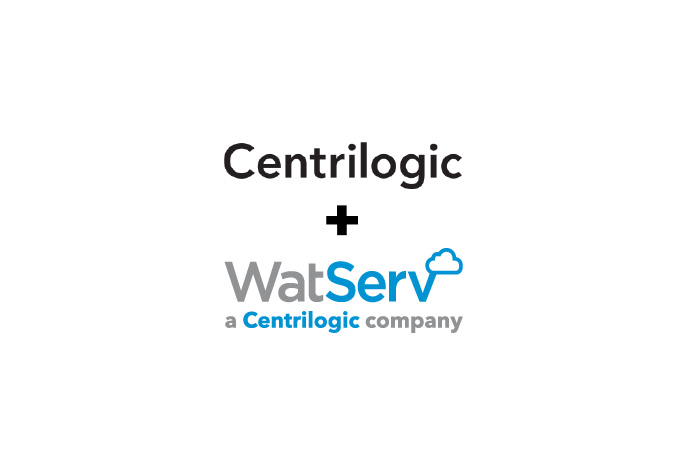What CFOs Need to Know on Cost and Accounting for Microsoft Azure
By Mark Denham, EVP Finance & Administration
February 23, 2022
Secure, reliable and flexible IT infrastructure is critical for business success in today’s world. That means IT solutions are likely to be a large line item in your company’s budget.
But while CFOs may be responsible for managing the costs, the IT world can be full of jargon and unfamiliar concepts.
In previous posts, I’ve shared the key questions CFOs need to ask about their IT spend and given an overview into.

In this article, I’ll walk you through the key things you need to know on costs and accounting for cloud computing infrastructure.
We’ll use Microsoft Azure–one of the world’s leading cloud computing providers–as a case study to examine the key accounting principles.
Understanding Microsoft Azure’s Payment Models
When you move to Azure, there are two main payment models available:
- Pay as You Go; and
- Reserved Instances
As CFO, you’ll want to know which option is right for your business and will save the most money.
But what does each option entail?
Pay as you go (PAYG) is exactly what it sounds like. You’re billed by the second for your usage of Azure’s services and you can stop and start that clock whenever you want. For example, you could buy a server for an hour, run some heavy-duty analytics, and pay the PAYG rate for that hour and no more. The benefits of the pay as you go option are that it’s easy, flexible and quick to scale up or down.
However, this flexibility comes with a cost in the form of higher per hour pricing.
Reserved Instances promise savings of up to 80% on the cost of using Azure’s services. A reserved instance means you commit to either a one or three year term, rather than using on-demand pricing. In exchange, you receive lower per hour pricing.
When Should You Use Reserved Instances?
If you have a stable need for Azure, a reserved instance is likely the better (more cost-effective) option.
For example, if your POS is hosted on , you’ll know that you have an ongoing need for services. If you chose to use pay as you go for ongoing usage, you would spend much more money than you needed to.
To give an example, let’s imagine the pay as you go hourly rate is $10.
There are 168 hours in a week, and at the example rate of $10/hour, you’d pay $1,680 for that week.
However, if you lock into a reserved instance for one year, Microsoft Azure will offer you a discounted price. For the sake of this example, let’s say you receive a rate of $7/hour for your reserved instance. Now your weekly costs would be reduced to $1,176 per week. And a reservation for three years would confer even greater savings. To get accurate estimates of what your service needs will cost on either PAYG or as a reserved instance, you can use Azure’s Pricing Calculator.
Another thing to note is that even if you decide to secure a reserved instance, you still have the choice of paying the entire cost upfront or paying on a monthly basis. There’s no additional financing charge for choosing the monthly option.
The question of whether to choose PAYG, a one year or a three year reservation is essentially a question of your company’s workload and need for servers. Once you have estimated your workloads for a week you can apply the PAYG or reserved instance pricing and choose the most economical solution for your business.
Another important factor to include in your calculations is that you can commit to a reserved instance but break it and pay a penalty fee. Say you know you need server capacity for 8 months–it may be more financially advantageous to commit to a 1 year reserved instance and pay the penalty fee to exit the reserved instance after 8 months, rather than use PAYG for the 8 month period. Depending on your situation, there may be different ways to optimize your costs.
And if you need assistance in understanding how to optimize your computer workloads and the financial implications of various scenarios, WatServ’s team of cloud specialists are available to help.
How to Account for Azure
You also need to consider how you choose to account for your Azure expenditure.
Traditional on-premise servers were considered CAPEX (capital expense). The physical infrastructure would be entered onto the balance sheet and then amortized. This meant that only a portion of the total cost appeared in your P&L each year.
With Azure, however, you can pay a monthly or annual (if you choose a reserviced instance option) consumption fee and you’re not buying physical servers. You therefore are likely required to classify the cost as OPEX (operating expense) but depending on if these costs are part of a larger software implementation project, certain costs may need to be capitalized.
This is a complex topic, and I recommend checking out this article which tackles the issue in more detail, or speak with your accountants on how to best account for your Azure and software costs.
For those outside the IT sphere, purchasing cloud services like Azure can seem like a mystery. But with a little knowledge, you will see that the same accounting principles and models you are used to relying on are still applicable when it comes to cloud computing. Want to discuss this further? Please connect with me on LinkedIn or our cloud specialists are always here to help. Contact us today.
About
WatServ is an IT solutions provider that helps organizations digitally transform through cloud technologies and managed services.
Serving clients as a trusted advisor since 2006, WatServ provides experience-tested, strategic solutions across all stages of the digital transformation journey. Clients choose WatServ to migrate infrastructure and applications to the cloud, secure critical data, implement disaster recovery, deploy virtual desktop, enable data-readiness for productivity solutions and manage IT environments.
Our clients span a broad range of industries, and we’re a global supplier of IT services for many Brookfield Portfolio Companies. To help our mid-size clients, we provide scalable offerings that simplify cloud adoption and drive business optimization. For enterprise clients, we co-create cloud solutions that enable stability and efficiency for complex IT tools and processes.
With more than 15 years of experience, WatServ has a track record of delivering quantifiable business results and a superior client experience. Ranked as one of Canada’s Top 100 Solution Providers for the last three years in a row, WatServ is always on.

